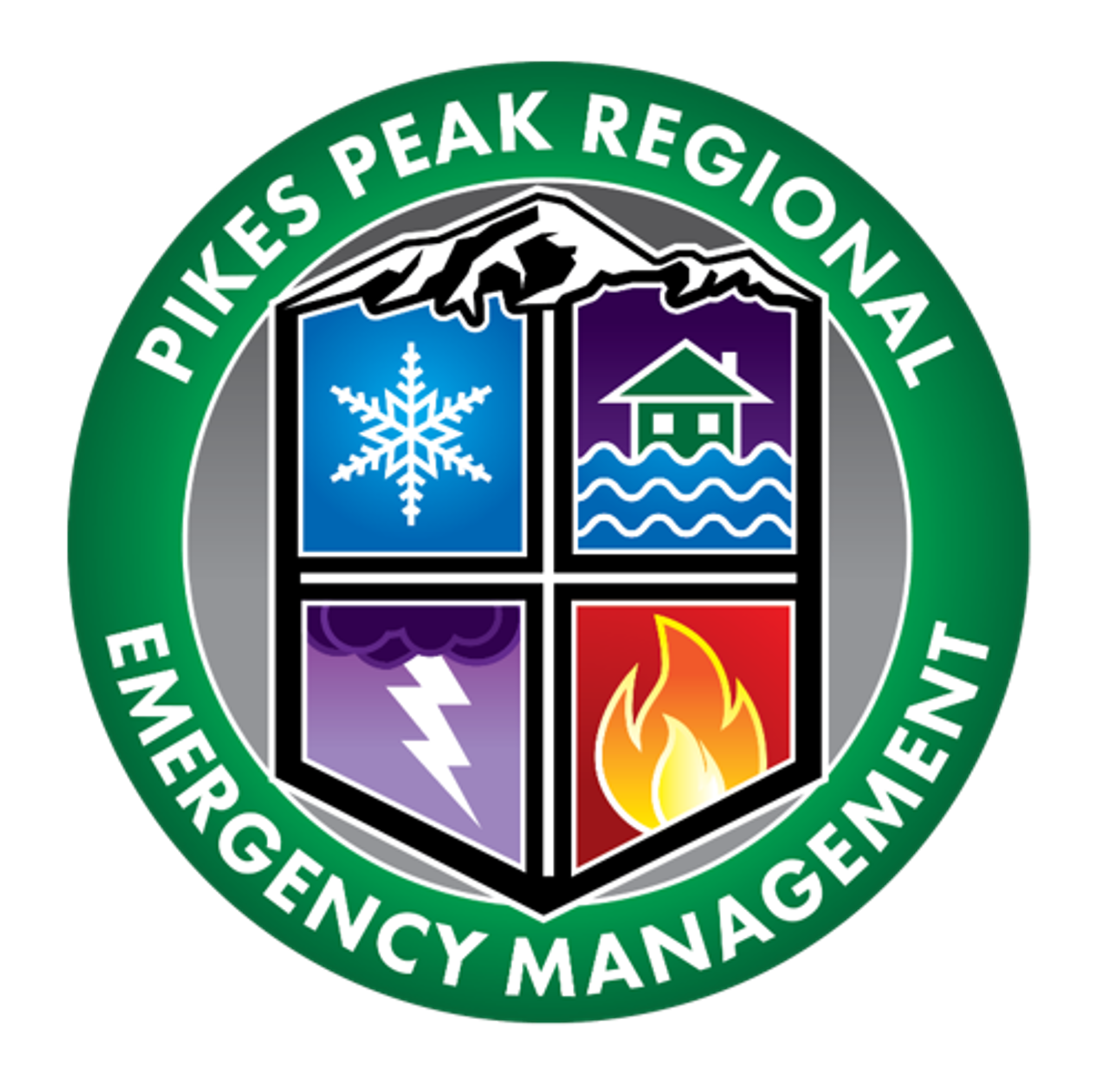Build A Kit
Disaster supplies kits are a collection of basic items your household may need in the event of an emergency. There are some basic tips for building your kit below, and a extensive checklists with all the items you might consider are featured in our Emergency Preparedness Guide. Hard copies of our guide are available by request.
Try to assemble your kit well in advance of an emergency. You may have to evacuate at a moment’s notice and take essentials with you. You will probably not have time to search for the supplies you need or shop for them.
Household Kit
You may need to survive on your own after an emergency. This means having your own food, water and other supplies in sufficient quantity to last for at least 72 hours. Local officials and relief workers will be on the scene after a disaster but they cannot reach everyone immediately. You could get help in hours or it might take days.
Additionally, basic services such as electricity, gas, water, sewage treatment and telephones may be cut off for days or even a week, or longer. Your supplies kit should contain items to help you manage during these outages.
- Use the checklists at the back our Emergency Preparedness Guide to help you assembly your own supplies.
- Learn how to build your own 72 hour survival kit
- Play the "build a kit" game for kids!
- Build a kit for your pet
Evacuation Kit
Assemble supplies that are ready for evacuation, both a “go-bag” you can carry when you evacuate on foot or public transportation and supplies for traveling by longer distances if you have a personal vehicle. Don't forget to plan for the five Ps in your evacuation kit:
- People (bring everything you'll need for 72 hours)
- Pets (food, water, kennel, toys etc)
- Papers (like the deed to your home, insurance papers, birth certificates, telephone numbers etc)
- Prescriptions
- Photos that can't be replaced
An extensive list of items you consider packing in your evacuation kit are featured in the back section of our Emergency Preparedness Guide. Hard copies of the guide are available by request.
Vehicle Kit
You can become stranded at any time so it is a good idea to keep an emergency supply kit in your car with automobile extras. Consider seasonal, weather-related needs. Here are a few items to include, and an extensive checklist of vehicle emergency supplies are featured in the checklists of our Emergency Preparedness Guide:
- Snacks and water
- Jumper cables
- Flares or reflective triangle
- Ice scraper
- Car cell phone charger
- Blanket
- Map
- Cat litter or sand (for better tire traction)
Plan long trips carefully, listening to the radio or television for the latest weather forecasts and road conditions. If bad weather is forecast, drive only if absolutely necessary.
Additional Resources
- FEMA: Federal Emergency Management Agency This webpage has information on planning and preparing for natural and human caused disasters.
- Centers for Disease Control and Prevention The CDC Emergency Preparedness and Response website is CDC’s primary source of information and resources for preparing for and responding to public health emergencies.
- American Red Cross The Plan and Prepare web page has information on planning and preparing for natural and human caused disasters.
- The Independence Center This local organization has information that can assist those with disabilities to prepare for an emergency.
- Pikes Peak United Way 2-1-1 is a free, confidential information and referral hotline connecting people in need with the health and human services they require.
- NOAA Weather Information

